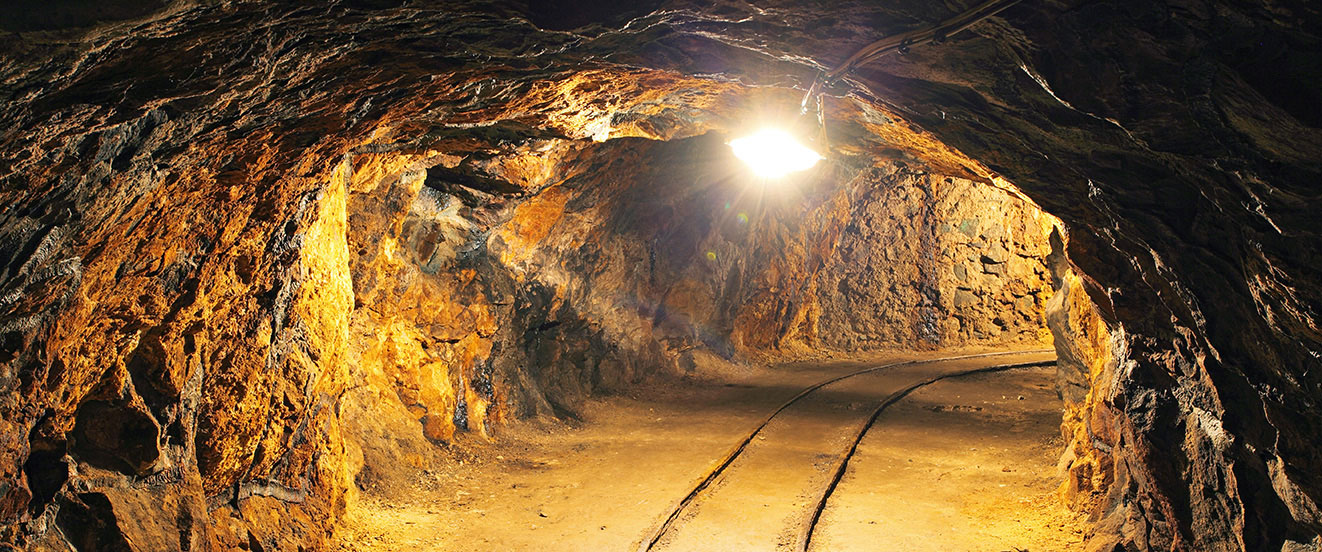Coal mines are an important source of energy supply, but the exhaust air (waste gas) generated during mining and mine ventilation processes is usually discharged into the atmosphere, wasting valuable energy resources. However, through reasonable technology and project development, the residual heat from coal mine exhaust can be effectively utilized, bringing considerable economic and environmental benefits to enterprises.
Exhaust gas is the exhaust gas in the ventilation system of coal mines, usually containing a large amount of thermal energy. In traditional situations, exhaust air is discharged into the atmosphere, leading to energy waste and environmental pollution. However, through appropriate technologies, waste heat can be recovered from exhaust air for heating water sources, steam power generation, heating, or other industrial processes, thereby improving energy efficiency.
The investment scale and feasibility assessment of coal mine exhaust heat utilization projects are key steps in determining whether to promote such projects. The following are key aspects of the process:
Evaluation of the investment scale of the project
Exhaust air production and thermal energy content: A detailed evaluation of the exhaust air production and thermal energy content of a specific coal mine is required. This involves measuring parameters such as flow rate, temperature, and humidity of exhaust air.
Waste heat recovery technology: Determine the technology and equipment used to recover waste heat from exhaust air. This can include heat exchangers, waste heat boilers, steam generators, etc.
Project scale: Determine the scale of the project based on the production of spent air and waste heat utilization technology. This involves the level of thermal energy recovered and the required equipment capacity.
Equipment and Engineering Costs: Estimate the cost of the required equipment and engineering, including purchase, installation, and maintenance costs.

Operation and maintenance costs: Consider the long-term operation and maintenance costs of the project, including energy consumption, maintenance, and labor costs.
Return period and financial analysis: Conduct financial analysis to calculate indicators such as the return period, internal rate of return, and net present value of the project, in order to evaluate the economic feasibility of the investment.
Feasibility assessment
Market demand: Assess the market's demand for project products or services. Identify potential customers and market size for waste heat recovery products.
Regulatory compliance: Ensure that the project complies with local regulations and environmental standards. This includes emission and waste disposal regulations.
Environmental Impact Assessment: Assess the potential impact of the project on the environment and develop mitigation measures.
Risk analysis: Identify and evaluate project risks, including technical, market, policy, and financial risks.
Sustainability considerations: Consider the sustainability of the project, including social, environmental, and economic aspects.
Social Acceptance: Assess the acceptance level of the project among local communities and stakeholders, and take necessary communication and social participation measures.
The investment scale and feasibility assessment of the waste heat utilization project for exhaust wind are crucial for promoting the sustainability and economic benefits of coal mine energy utilization. These projects not only help reduce energy waste, but also improve environmental quality, improve energy efficiency, and bring new business opportunities and competitive advantages to the coal mining industry. Therefore, we encourage coal mining enterprises to actively consider and support these promising projects to achieve sustainable development goals and economic benefits.







Comment